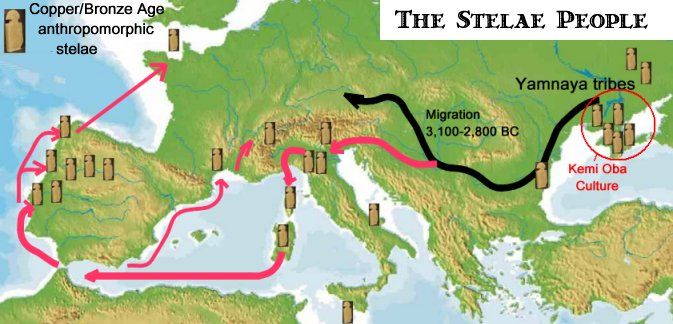Tomenable
Elite member
- Messages
- 5,419
- Reaction score
- 1,337
- Points
- 113
- Location
- Poland
- Ethnic group
- Polish
- Y-DNA haplogroup
- R1b-L617
- mtDNA haplogroup
- W6a
This is not? I misunderstood?
It is not. First of all - this is just one person, so it can be only one haplogroup.
And "F (xG, I1, I2a, J, L1b2, T, O2b, Q1a2a, Q1b1, R1a1a, R1b1c2)" means, that this sample is some kind of F (note: around 3/4 of human Y-DNA is F, because most of Non-African haplogroups are descended from F), but it is not G, not I1, not I2a, not J, not L1b2, etc. This "x" in front of G, I1, I2a... means "not" (or "negative for").
This sample, can be for example F* ("*" meaning basal, so without any further mutations - actual, genuine F), H, K*, I2b, I2c, L1a, some kind of O (but not O2b), some kind of Q (but not Q1a2a or Q1b1), some R1a*, some R1b (but not R1b1c2), R2, etc. It can be anything, except for those haplogroups listed there as negative.
Check this tree of haplogroups showing which is descended from which:



